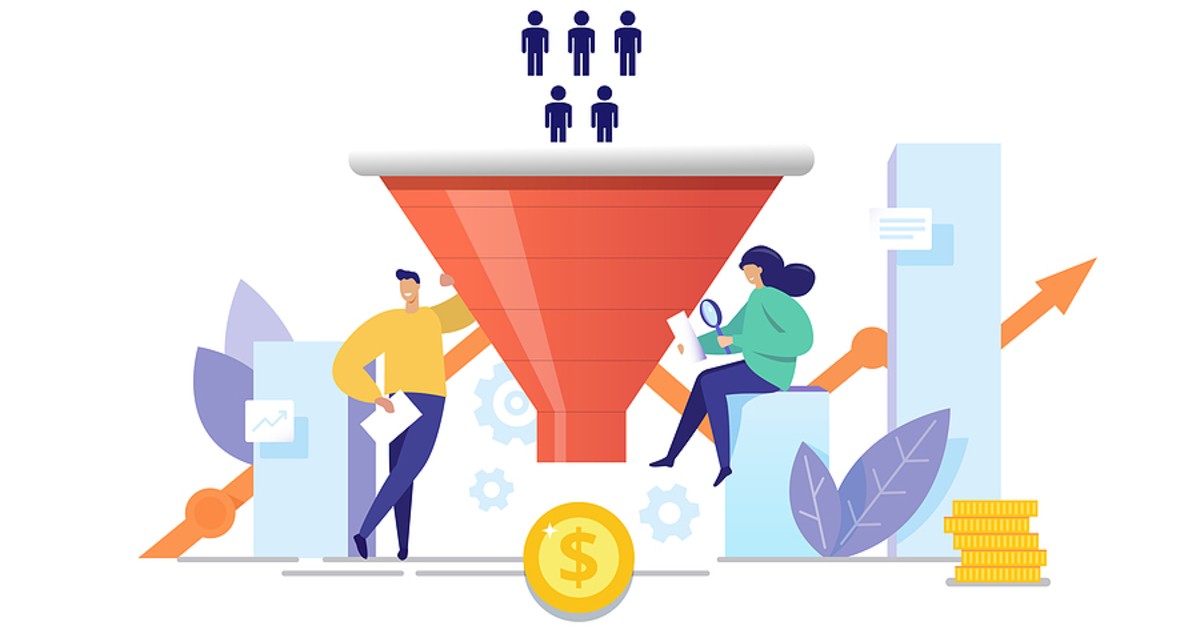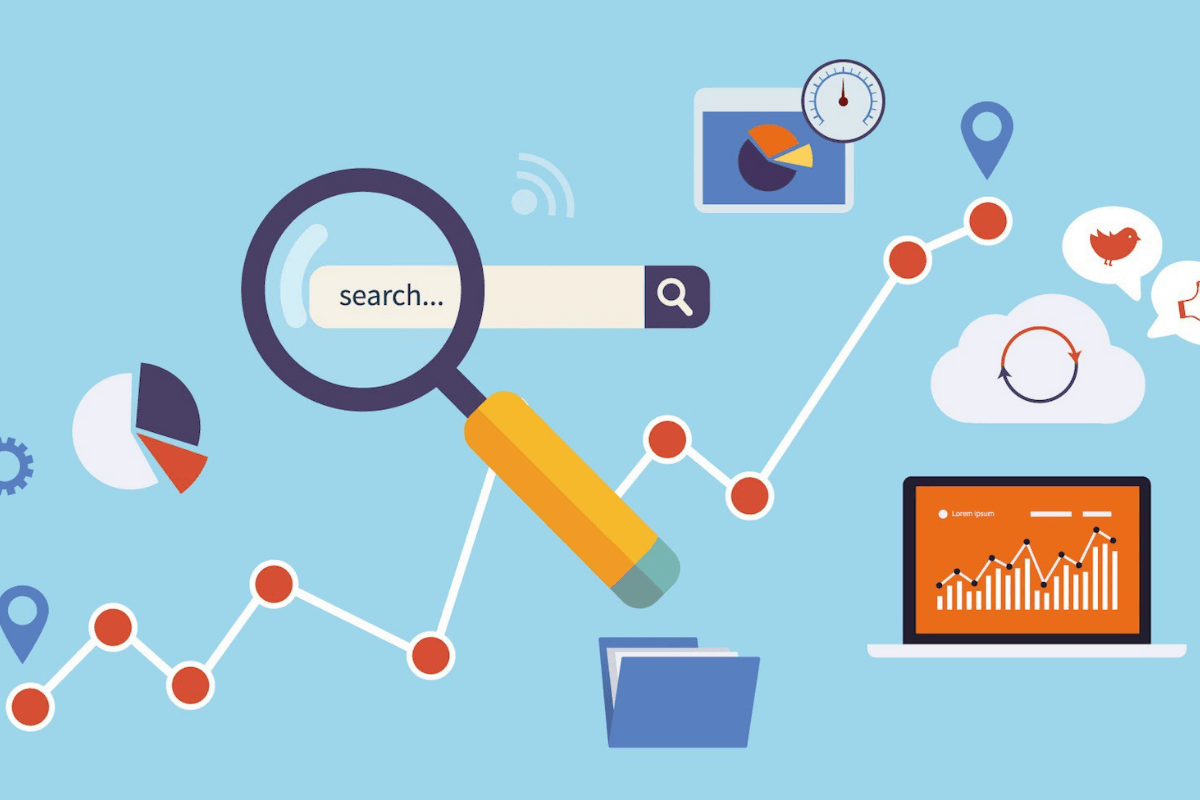Driving the revenue of a company is the responsibility of the sales and marketing team. These teams are always looking for a tool or method that can give them the much-needed edge. One of these methods that have grabbed everyone’s attention is intent data. First, let us see what intent data is.
Table of Contents
What is Intent Data?

Intent data is a type of behavioral information gathered from the online activities of an individual. It is a combination of both context and topic data.
When you search about something or visit a link, you are deemed to have an interest in that topic. However, you cannot take any action based on topic data alone. You need some context as well.
Context data is diving deep into the identity of the person who is performing the task. If you do not have context, you might be spending your resources like time and money on something that will never give you results. Let us now look at the uses of intent data for marketers.
Achieve Enhanced Segmentation

With the help of intent data, companies can learn more about their ideal customers and learn what their ideal customer wants. They can get a clear picture of what their customer needs and what he is interested in.
The marketer can also learn about all the sweet spots of the customers and target them effectively. When creating a solid marketing campaign, you can use intent data for more effective targeting of consumers.
Make your Website User-friendly

When individuals open your website and have not shared their data with you, they remain anonymous. This term is not technically correct because the visitor is not actually anonymous. With some technical knowledge, you can find the organization and sector a particular visitor represents based on his IP address.
However, you can still not figure out their personal identity. You might learn about their company, but you still won’t know their role in it. They might be a clerk or the CEO.
After you figure out the identity of the anonymous visitors, you can see which pages they visited. With the help of web personalization, deliver them content catered specifically for them and offer them incentives to perform a particular action.
Optimize your Content

When you have a detailed understanding of the finer details of a lead and know the amount of interest they have, you can personalize the content being delivered to them to boost engagement.
Content can be modified appropriately to suit the customer’s requirements and interests instead of only depending on their job role and organization. For marketers involved in lead nurturing campaigns, this can serve as an effective marketing tool. If you want to market content and enable sales, you can use this tried and tested strategy.
Prioritize Inbound Leads depending on the Engagement

Market automation is gaining higher acceptance in the industry. So, many companies are using first-party behavioral data (context) to alter and enhance their lead scoring model. The scoring model aims to measure the intent of a random visitor based on their subsequent activities.
To give an example, when the lead goes through your product overview page, their lead score will be increased by 5 points. If they further visit the pricing section, this indicates that their interest has doubled, and the lead score will increase by 10. When the lead score crosses a certain mark, the sales team is notified, and they start pursuing the lead.
Using Personalized Landing Pages

Each section of the landing page should be modified to match the consumer’s needs. Intent data can be used to alter various page elements to satisfy the different needs of buyers at each stage of the buying process.
This leads to enhanced customer satisfaction since the customer feels his demands are met. In the process, the marketer also gains valuable information based on the actions performed by the buyer.
Pursue Old Leads

There is no point in sending unqualified leads to the sales department. You might be sending personalized content to leads, but all of it might be just a waste of time and effort. This happens because of improper categorization.
To do a better job of categorizing leads and allocating them to an appropriate nurture campaign, you should merge first and third-party behavioral data to learn more about the context and the position they hold in their respective organizations. You can also identify the topics they are interested in.
Marketing Automation

When you employ marketing automation technologies that use intent data, your team won’t have to spend a lot of time on data analysis and entry. The automation process automatically turns off alerts when the customer’s intent indicates the purchase stage and the rest of the funnel stages.
Look for Potential Customers

Before your potential customer engages with you or visits your website, their purchasing decisions are already affected by other factors. For instance, people view posts on social media and go through reviews on different platforms that influence their opinions and enforce their views or challenge them.
Third-party behavioral data does not have a proper structure, and its volume is enormous. Due to this, companies are unwilling to use this data for their marketing campaigns and sales processes. Most organizations do not have the necessary resources and expertise for the above-mentioned procedures.
To cope with this, marketers have focused their attention on predictive analytics platforms that work together with CRM platforms and marketing automation to filter out unnecessary stuff and identify useful third-party topics.
Marketers can employ third-party topic data in account scoring models to quantify the intent of potential customers. The information thus gathered will be useful in determining the target accounts to send various outbound initiatives to them. Leads that have high-scoring accounts will be prioritized, and their queries, if any, will be addressed first.
Align Marketing and Sales Efforts

Intent data serves as the common language that both the sales and marketing teams understand. It is an effective tool that can be used to boost functions like sales enablement and pushing potential customers down the funnel. Marketers can use intent data to enhance collaboration with the sales team.
Search Engine Optimization

Besides keyword research, another efficient tool to show up higher in a search is search intent. Your company website can rank higher in a search when your webpage can satisfy the buyer search criteria using intent data.
You just need to identify the sweet spots, objectives and wants of the customer. When you discover them, you can give a good boost to your organic presence.
Look for Early Opportunities

You can use intent data to find prospects that have just entered the buying process. You can beat your competition by engaging with these potential customers before they are contacted by different salesmen.
There have been studies that revealed that 70 percent of people decide to go with the salesperson that approached them first. When you engage prospects with the help of marketing campaigns, there might be the case that a portion of the audience is not in the buying phase and does not relate to your content and shows interest.
This might be due to two causes: either you engaged with them too late or contacted them at a time when your competition was also reaching out to them. Intent data can be valuable in such cases to enhance the success rate of your marketing campaign.
Conclusion
Marketing processes are dependent on data. However, blindly using data is not going to help your efforts. As we discussed above, using intent in the mentioned ways can add a glowing touch to your efforts and amplify revenue for your company. To read more intriguing articles, visit our blog! Also, check out our new article on email re-platforming!






